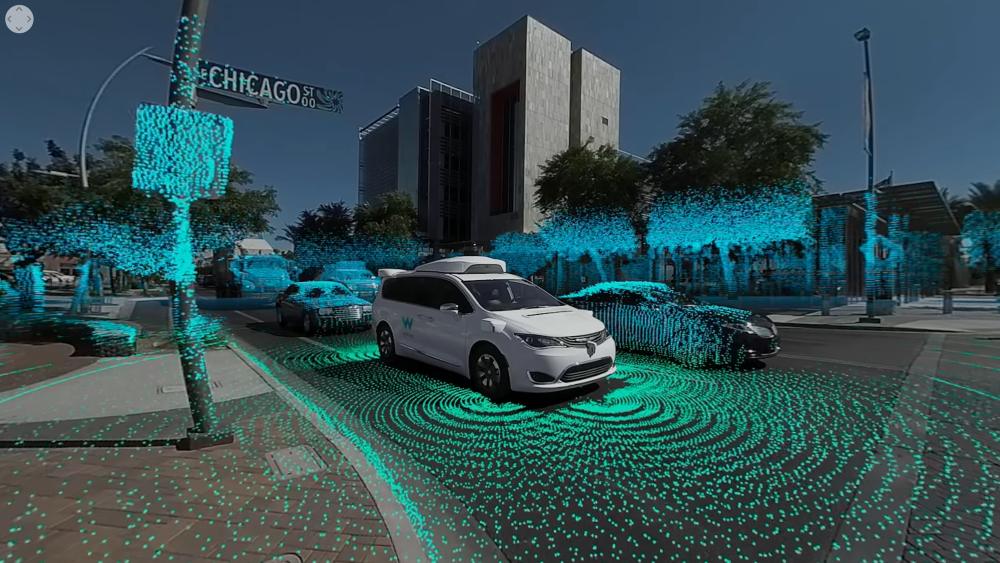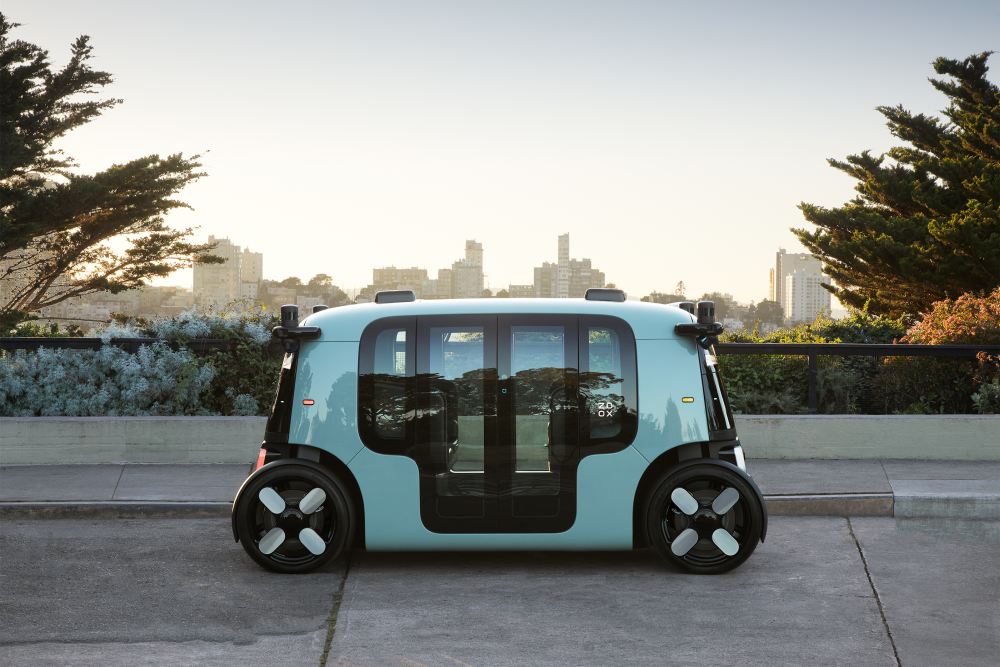Autonomous driving: How many accidents are caused by robo-cars?

Waymo, Cruise, Apple and Co. have been testing autonomous driving in California for years. How big are their fleets and how many accidents are caused by robo-cars?
California launched a pilot program for autonomous driving almost four years ago. The idea was to accelerate the development of the technology through real-world testing in open-road conditions. Under the supervision of the California Department of Motor Vehicles (DMV), more than fifty companies are currently allowed to test autonomous driving systems on public roads.
The DMV periodically publishes statistics on manufacturers' fleets and accident reports. In this article, you'll find an overview of the most important fleets and learn how often robo-cars are involved in accidents in California.
Hint: The statistics listed here are current as of March 25, 2022.
Content
Apple, Nvidia & Mercedes Expand Fleets in California
According to official data from the California Department of Motor Vehicles (DMV), the numbers of registered autonomous vehicles and safety drivers have changed significantly. While Nvidia (18), Apple (10) and Pony.ai (4) registered more safety drivers since January 2022, Mercedes increased the number of autonomous driving vehicles to ten.

The Zoox was designed from the ground up as an autonomous personal transportation vehicle. | Image: Zoox
Amazon's Zoox, which recently began testing in rainy Seattle, registered 84 new riders and 15 vehicles. Nuro, a startup specializing in autonomous delivery rides, hired four new drivers and registered 19 additional delivery bots, while Motional is counting on 15 new drivers and one additional vehicle.
Fleet details for autonomous driving in California
| Manufacturer | Vehicles | Safety driver:inside |
| Waymo | 630 | 1.405 |
| Cruise | 236 | 757 |
| Zoox | 105 | 472 |
| Apple | 69 | 158 |
| Mercedes-Benz | 44 | 89 |
| Pony.AI | 41 | 70 |
| Nuro | 34 | 132 |
| Toyota | 34 | 35 |
| Motional | 24 | 40 |
| Tesla | 22 | 86 |
| Nvidia | 14 | 244 |
Waymo and Cruise: Fewer drivers, more robo-taxis
In contrast, two of the most dominant companies in autonomous driving, Waymo and Cruise, are reporting massive cuts to their driver teams. Waymo is cutting 121 drivers but increasing the number of vehicles by 60. Cruise is removing 307 drivers and riders and registering 18 new vehicles.
The changes in the two manufacturers' fleets likely have to do with recent advances in their technology. Cruise is the first company allowed to operate a commercial driverless robo-taxi service in San Francisco.
Waymo also has licenses for driverless robo-taxis and operates several of these vehicles on California streets. In San Francisco, Waymo is currently allowed to transport employees in driverless vehicles and plans to soon expand the program to members of its own "Trusted Tester" program.
Waymo's robo-taxi service in Phoenix, Arizona will also operate in the city center in the future, after the Alphabet subsidiary successfully tested in the suburbs for over a year.
Fleet details for driverless autonomous test rides in California
A total of eight companies are currently participating in the California Department of Motor Vehicles' driverless autonomous driving pilot program.
| Manufacturer | Vehicles |
| Waymo | 71 |
| Cruise | 52 |
| Nuro | 18 |
| Apollo (Baidu) | 3 |
| Zoox | 2 |
| WeRide | 2 |
| AutoX | 1 |
| Pony.Ai | 0* |
* Pony.Ai has had its license temporarily revoked due to an accident. Read more in the "Collisions" section.
All companies with licenses for driverless autonomous driving
So far, three companies have a license for commercial autonomous driving without a safety driver. Nuro only makes deliveries of goods. The delivery bots used are designed from the ground up for autonomous driving and have no driver or passenger cabs. Cruise and Waymo are allowed to operate autonomous passenger rides without a safety driver under certain conditions.
| Producer | License since |
| Nuro | December 23, 2020 |
| Cruise | September 30, 2021 |
| Waymo | September 30, 2021 |
Recorded collisions involving autonomous driving vehicles in California
Participants in California's autonomous driving program are required to file special reports on any type of traffic collision involving an autonomous driving vehicle - whether active or passive. No distinction is made whether the vehicle was in autonomous mode or the human driver was in control at the time of the accident.
Since the last publication of reported collisions in January 2022, the numbers have increased as follows:
- Waymo reported 41 collisions
- Cruise reported 5 collisions
- Zoox reported 3 collisions
- Apple reported 3 collisions
Chinese startup Pony.Ai lost its driverless autonomous driving license after an accident. The collision occurred on Oct. 28 in Fremont, after which the DMV revoked the startup's license on Nov. 19, 2021.
The vehicle had been in autonomous driving mode and collided with a lane divider and a street sign, according to the company. No one was injured and there were no other people involved.
| Manufacturer | Total number of collisions |
| Waymo | 176 |
| Cruise | 172 |
| Zoox | 42 |
| Apple | 11 |
| Pony.Ai | 6 |
| Auroroa | 4 |
| WeRide | 4 |
| Argo | 3 |
| Motional | 1 |
| Nissan | 1 |
| Aimotive | 1 |
| Toyota | 1 |
Read more about autonomous driving:
- Autonomous driving: Intel takes Mobileye public
- Autonomous driving: Tesla under scrutiny, Cruise still on the rise
- Autonomous cabs launch in San Francisco - first driving reports
Note: Links to online stores in articles can be so-called affiliate links. If you buy through this link, MIXED receives a commission from the provider. For you the price does not change.